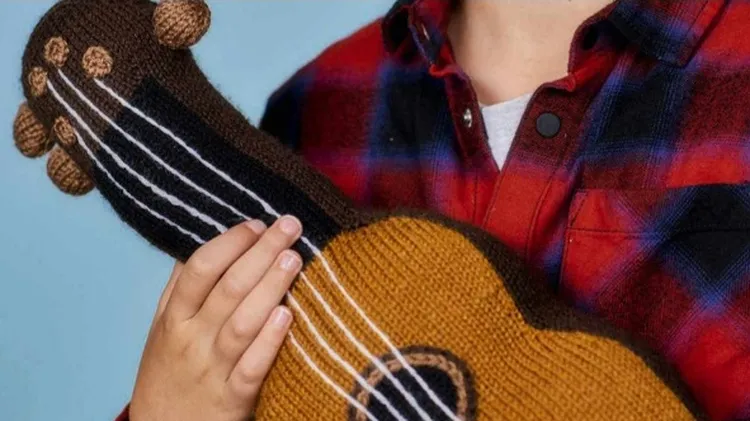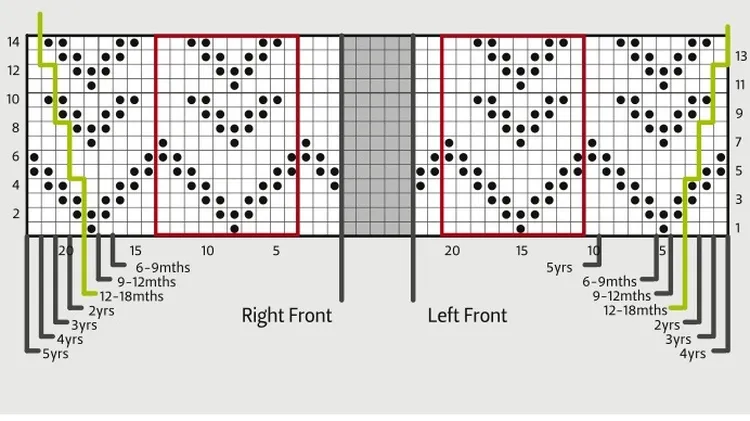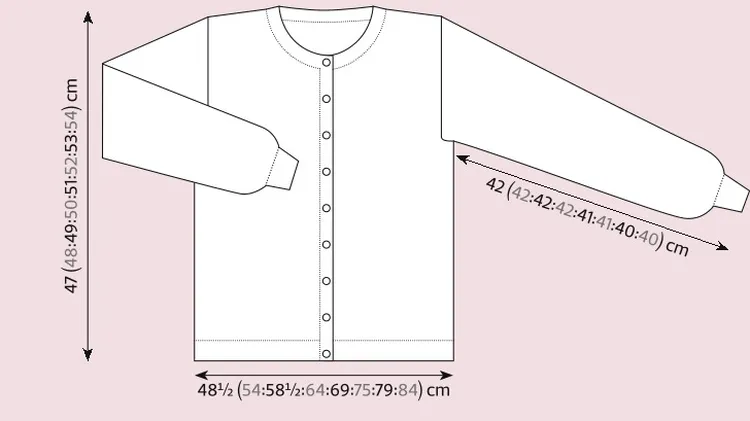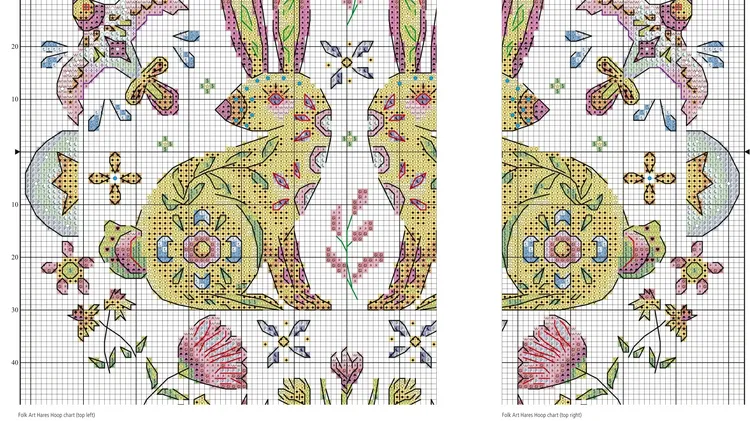Take the stress out of intarsia colourwork and get fabulous results every
Incredible intarsia
7 min read
This article is from...
Read this article and 8000+ more magazines and newspapers on Readly






